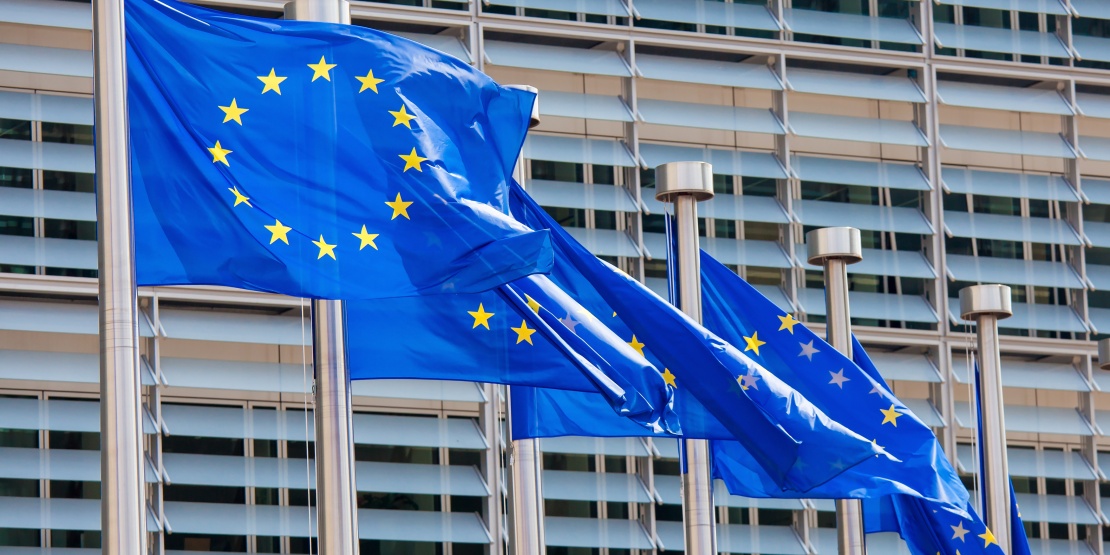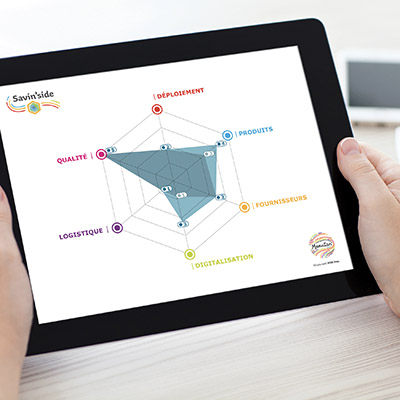In the context of the European Green Deal, the European Union (EU) has set itself the goal of achieving carbon neutrality by 2050. To achieve this, it has adapted its policies on climate, energy, transport, land use and taxation. It is within this framework that the European green taxonomy was launched by the European Commission in 2018, and then the taxonomy regulation, its founding text, was adopted in 2020. Its aim: To guide and mobilise private investments towards "sustainable" activities. Discover an overview of the fundamentals of this regulatory instrument and how it influences companies.
What is the European green taxonomy?
The European taxonomy classifies economic activities in order to determine which have a favourable effect on the environment. This system is intended to establish a common language for companies and investors and provide them with a basis for comparability. The aim is to channel investments towards "sustainable" or "green" activities.
To date, the European green taxonomy makes it possible to assess the sustainability of more than a hundred economic activities, representing more than 93% of greenhouse gas emissions in the European Union.
Economic activities qualify as environmentally sustainable if it corresponds, at a minimum, to one of the six objectives of sustainable finance, without causing prejudice to the other objectives. It must also respect minimum safeguards in terms of human rights and labour rights while complying with the technical screening criteria defined by the EU taxonomy delegated acts.
-
Climate change mitigation;
-
Climate change adaptation;
-
Sustainable use and protection of water and marine resources;
-
Transition to a circular economy;
-
Pollution prevention and control;
-
Protection and restoration of biodiversity and ecosystems.
-
Sustainable activities, which directly contribute to the objectives of sustainable finance;
-
Enabling activities, which support the development of other companies in the sustainable sector;
-
Transitional activities, which allow for a reduction in environmental impact in sectors where low-carbon alternatives do not yet exist (from a technological or economic point of view).
The European taxonomy regulation stands out from other taxonomies around the world due to the level of detail in the conformity criteria, but also the inclusion of difficult-to-decarbonise sectors such as cement, steel, aluminium and hydrogen production.
EU taxonomy: What are the obligations for companies?
This European regulatory framework requires certain companies to measure and make transparent the "green" share of their activities or a financial product, i.e. the environmentally sustainable portion.
As of 1 January 2022, companies with more than 500 employees subject to the Non-Financial Reporting Directive (NFRD) were obliged to report green taxonomy sustainability indicators. This first reporting focused solely on the first two climate-related objectives (climate change mitigation and adaptation).
Since 1 January 2024, the Corporate Sustainability Reporting Directive (CSRD replacing the NFRD) has come into effect. This expands the obligation to publish these famous green taxonomy indicators to a wider range of companies.
Now, they must indicate both the extent to which their activities are covered by the European taxonomy (eligibility), but also comply with the criteria set out in the delegated acts (alignment). Companies that do not fall within the scope of the CSRD can voluntarily disclose this information.
Furthermore, these new sustainable taxonomy reports will need to integrate four new objectives, namely biodiversity preservation, protection of marine and aquatic resources, circular economy development and pollution prevention and control.
The European taxonomy’s impact on companies
The EU taxonomy regulation should profoundly impact companies in several ways.
Rethinking their strategy
The European taxonomy is a tool that guides companies’ strategies. They now have a legal framework and a set of objectives to achieve in order to enhance their activities and make them more sustainable. It is an opportunity to clearly demonstrate their commitments to sustainable development.
Attracting investors
Thanks to this regulatory tool, companies can also attract investors interested in sustainability. This is one of the key objectives of the European taxonomy, even if investors are not directly penalised when they invest in activities that are not identified as sustainable. By developing sustainable investments, it is now easier to plan and raise funds.
Increasing transparency
Through such reporting, companies are able to demonstrate their commitments to decarbonisation. This sustainable finance disclosure allows them to avoid any greenwashing practices by relying on clear and transparent criteria determined by a technical expert group. This approach should strengthen their image, reputation and the trust of their stakeholders (investors, but also suppliers, customers, etc.).
Improving processes
Lastly, it also allows companies to improve their internal organisation. The indications of the criteria used in the taxonomy simplify decision-making and planning. Ultimately, they should be able to seize new opportunities while improving their risk management.
As you can see, the European taxonomy is a true environmental compass. By identifying sustainable economic activities based on clear and transparent criteria, it is set to play a decisive role in the transformation of companies and the development of sustainable finance markets. In particular, it will change the way organisations’ performance is viewed in order to address today’s environmental, social and societal challenges. In this sense, it is also the first link between financial and non-financial information.









